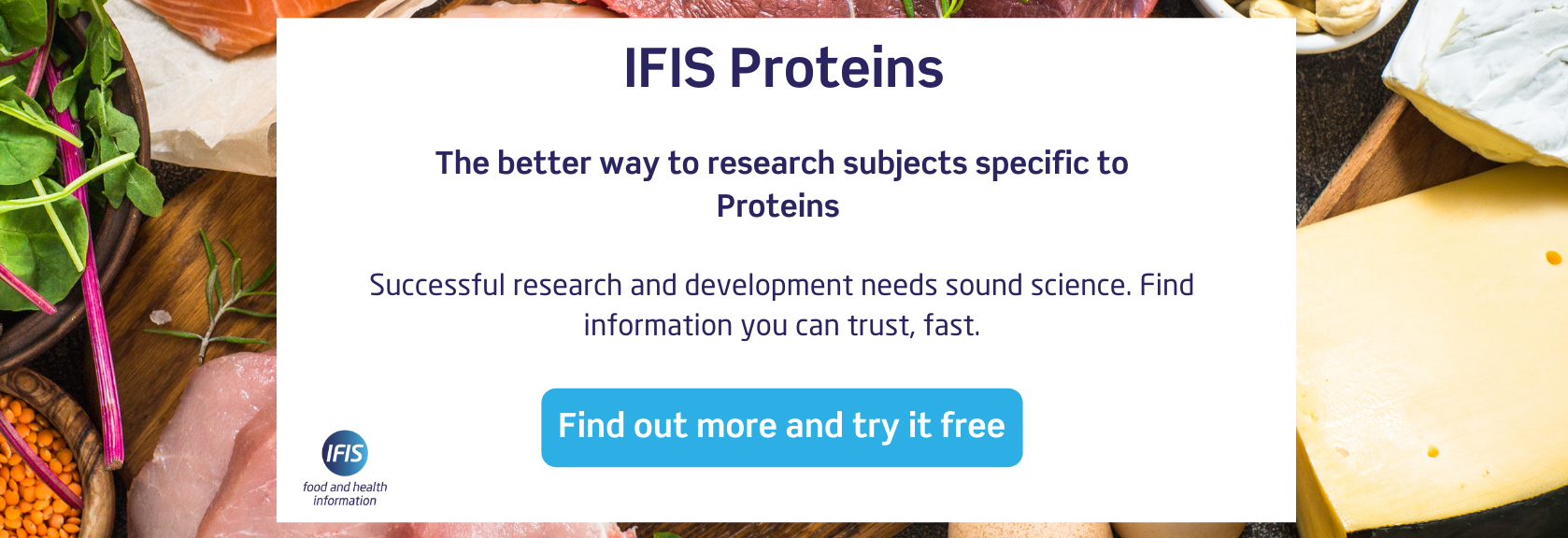There are many other factors that affect success in weight-lifting, but adequate protein intake is crucial. Protein contains amino acids, which the body uses for repair and growth. If you don't consume enough protein, your body won't have enough materials with which to rebuild your muscle tissue after intense workouts.
Recommended levels of protein vary, but a widely-promoted rule is that of consuming at least 2g of protein per kg of body weight.
So just eat plenty of protein, like chicken, right? Not quite. Total calorie intake is also important and not all chickens are the same...
Rearing method: Indoor
Average price*: Tesco: £4.20; Waitrose: £4.60; Asda: £4.48; Ocado: £4.50; Sainbury’s: £4.50
Description of rearing: The chickens are raised in large, open ‘growout houses’, not in cages as is the case for egg-laying birds. The climate-controlled housing has litter on the floor made up of wood shavings, rice hulls, or peanut shells.
Positives of rearing method: Growout houses can contain tens of thousands of chickens and offers protection from predators such as hawks and foxes – making this rearing method economically appealing to the farmer. Watering systems, known as ‘nipple drinkers’, reduces spillage and dry bedding keeps the flock healthy. The chickens grow quickly and are slaughtered at a relatively young age so have not reached their sexual maturity, as such they exhibit very little aggressive behaviour.
Negatives of rearing method: If not well ventilated, air can become highly polluted with ammonia from the droppings which can damage the chickens’ eyes and respiratory systems and can cause burns on their legs and feet. Typically bred for fast growth, the birds often have a high rate of leg deformities because the large breast muscles cause distortions to the developing legs and pelvis.
...
Rearing method: Free-range
Average price*: Tesco: £7.70; Waitrose: £8.05; Asda: £6.98; Ocado: £7.62; Sainbury’s: £5.00
Description of rearing: Free-range chicken farming allows the birds to roam freely for a certain period of the day. They are usually confined in sheds at night to protect them from predators and can be kept indoors if the weather is particularly bad.
Positives of rearing method: Birds have daytime access to open-air runs during at least half of its life. Given the space and environment, the chickens have the opportunity to exhibit natural behaviours – pecking, scratching, and foraging, etc. The birds grow slower than indoor reared poultry and, as they have the freedom to exercise, free-range chickens often have better leg and heart health.
Negatives of rearing method: Natural environmental issues – heat, cold or damp, etc – can have a detrimental impact on the birds and their productivity. Finding suitable land with the necessary drainage, protection from winds yet still with good ventilation, providing access for vehicles and protection from predators can be tricky. Beak trimming can be necessary to prevent feather pecking and cannibalism.
...
Rearing method: Organic
Average price*: Tesco: £8.40; Waitrose: £9.10; Asda: £8.37; Ocado (Daylesford): £13.43; Sainbury’s: £8.95
Description of rearing: Reared under very similar conditions to free-range birds.
Positives of rearing method: Much like free-range chickens, organic birds roam free for most of the time but are typically farmer in smaller flocks with more space per bird. Farmers are prohibited to use medications often administered via water and feed, and other commonly employed food additives and synthetic amino acids.
Negatives of rearing method: Farmers have little control over the food their chickens come across. Diseases can be rife due to the lack of force-fed medication and, while the birds are outside, they are vulnerable to predators.
* Based on one whole chicken (approx 1.4kg)
The studies showed…
The information already outlined is all well and good but what is the real key to determining which type of chicken is best for a man in training, seeking to optimize his nutrient intake? Research shows that, while the farming style does have an impact, another important factor is the genetic predisposition of each breed – specifically, the growth rate.
Firstly to consider the impact of rearing, researchers from the University of Strathclyde discovered in 2007 that corn-fed and free-range chickens had higher contents of the nutritionally beneficial eicosapentaenoic (EPA) and docosahexaenoic (DHA) acids – both of which are omega-3 fatty acids, a type of polyunsaturated fatty acid (PUFA). These will enable your body to recover quickly, reducing inflammation in the muscles you’ve just been training. Your body will also be more sensitive to insulin so that the blood glucose from the carbohydrate element of your post workout meal will be stored more efficiently in your muscles in the form of glycogen.
Additionally, in a study published in Meso, the first Croatian journal about meat, researchers from the University of Belgrade observed that organic chicken meat had significantly higher contents of crude protein, coupled with significantly lower contents of water, fat and ash, compared to battery-reared birds.
As well as rearing, the impact of breed can also significantly affect the final composition of the meat. Slow-growing chickens reared under organic conditions were found to contain the lowest amounts of monounsaturated fatty acids (MUFA) and the highest proportions of PUFA. PUFA in general, as well as EPA and DHA in particular, are essential for men serious about weight training.
Conclusion
The data from these studies suggest that non-battery sources of chicken meat might be worthwhile considering, and if you really want to purchase organic chicken – cost and availability permitting – aim for breeds which grow at the slowest rates, for example: the UK’s Hubbard JA 57, Hubbard P6N, Cornish and Cornish Cross; Italy’s Valdarnese Bianca and Dorking; and France’s Gris Barre. Enjoy having that conversation the next time you pop in your local shop or supermarket!
(Image Credit: Alora Griffiths at Unsplash)


